A forest ranger discovered Roopkund Lake, filled with human bones, in 1942. The lake, located near India’s border with Nepal, contains remains of at least 500 individuals.
Researchers estimate an additional 400 bodies may be buried nearby. The site’s remote location requires a five-day hike to reach.
Challenging Terrain and Climate
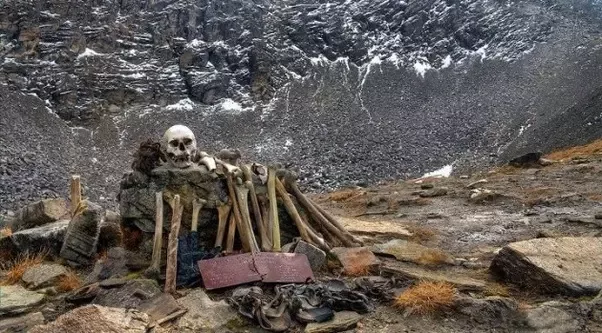
Roopkund Lake sits at an elevation of 5,029 meters (16,499 feet) in the Himalayas. The area experiences harsh weather conditions, including freezing temperatures and heavy snowfall.
These factors contribute to the lake’s isolation and preservation of remains. The challenging environment fuels theories about the deaths being related to a perilous pilgrimage.
DNA Analysis Reveals Diversity
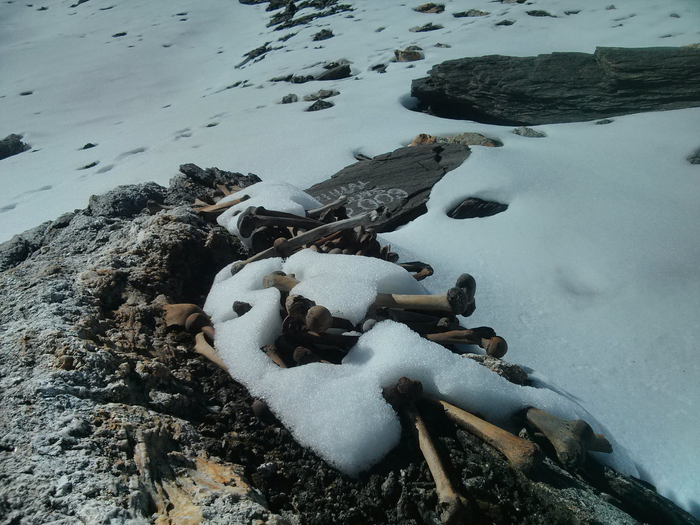
A 2019 study in Nature Communications analyzed the DNA of the skeletal remains. Scientists identified three distinct genetic groups among the bodies.
The study revealed ancestry from South Asia, Eastern Mediterranean, and Southeast Asia. This diversity surprised researchers, given the lake’s remote location.
Carbon Dating Adds Mystery

Carbon dating of the bones revealed two main time periods of death. One group dates back to around 800 AD. The second group dates to approximately 1800 AD.
This thousand-year gap between the two main groups of remains puzzles scientists. It suggests multiple events or practices led to the accumulation of bodies.
Theories on Death Causes
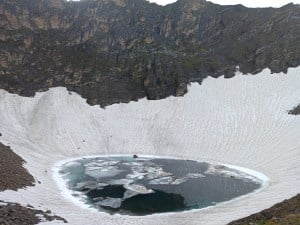
Various theories attempt to explain the presence of so many bodies. Some suggest a catastrophic event, like a severe hailstorm, killed a large group.
Others propose ritual journeys or pilgrimages gone wrong. The diversity in time periods and ancestry complicates these theories. No single explanation satisfactorily accounts for all the evidence.
Historical Context of Findings

The presence of Eastern Mediterranean DNA aligns with known historical migrations. A Greek kingdom existed in India around 180 BC.
This historical context helps explain the presence of Mediterranean ancestry. However, it doesn’t account for the more recent remains or Southeast Asian DNA.
Implications for Regional History
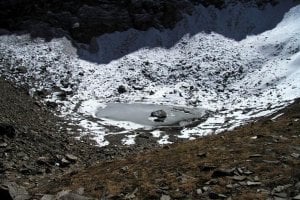
The discovery challenges previous assumptions about historical population movements. It suggests more complex patterns of migration and interaction than previously thought.
The findings may require a reassessment of the region’s historical narrative. They highlight the potential for archaeological discoveries to reshape our understanding of the past.
Ongoing Research and Debates
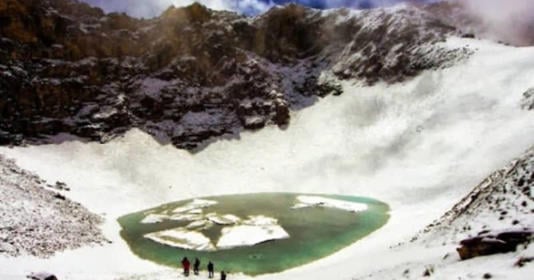
Scientists continue to study the Roopkund Lake remains. Debates persist about the interpretation of the genetic and dating evidence.
Some researchers propose the site may have been a burial ground over centuries. Others still seek a unifying explanation for the diverse remains.
Preservation of Ancient DNA
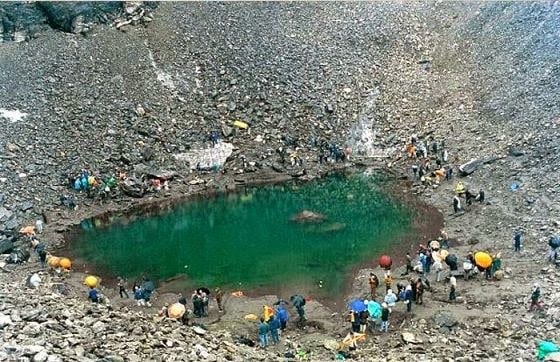
The cold, high-altitude environment helped preserve genetic material. This preservation allowed for detailed DNA analysis of centuries-old remains.
The success of this analysis demonstrates the potential of similar sites for genetic studies. It underscores the value of high-altitude archaeological sites for preserving ancient DNA.
Cultural Significance of Site
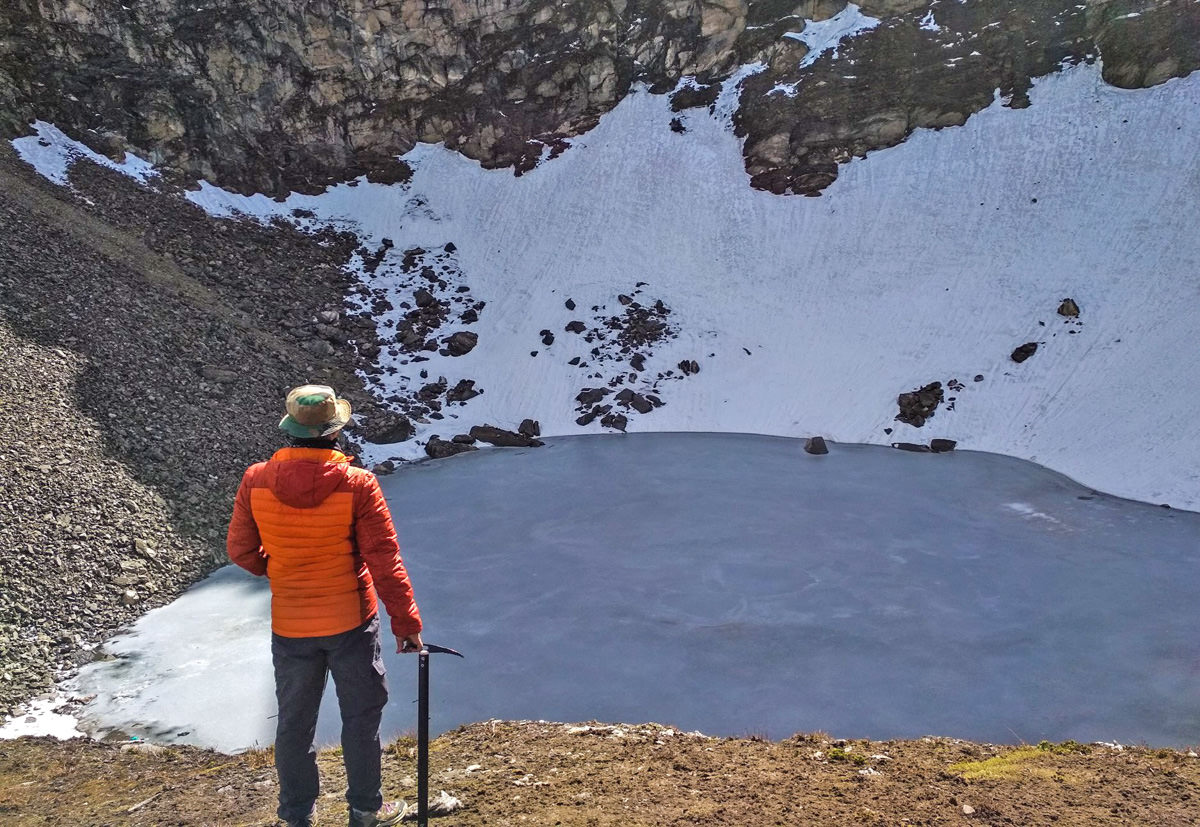
Local legends and folklore surround Roopkund Lake. Some traditions associate the site with religious pilgrimages or mythical events.
The scientific findings have sparked renewed interest in these cultural narratives. The intersection of science and local culture adds complexity to the site’s significance.


